Content
The wireworm damages root crops and eats the ground part of the plants. There are various methods on how to get rid of the wireworm in the garden.
How wireworms harm
The wireworm is found in the garden as a yellow-brown larva with a length of 10 to 40 mm, from which the clicker beetle emerges. In a larval state, this insect prefers seeds, roots and ground parts of plants. As a result of its activity, up to 70% of the crop can be destroyed.
Insofar as pest lives in the ground, it is revealed in the fall by the presence of numerous passages in potatoes and carrots. The wireworm retains its vitality for 5 years, of which 3-4 years it spends in the state of a larva.
In rainy summers, the damage from the wireworm in the garden is reduced. Most often, late varieties of potatoes suffer from the pest. If the roots ripen in the first half of summer, when the soil is not yet dry enough, then the insect does not have time to cause serious damage.
In the first year, the wireworm lives underground and does not cause serious damage to plantings. The insect inflicts the greatest damage to root crops in the second and third years of its development.
Control methods
The main method on how to get rid of a wireworm in a garden is to adhere to agricultural techniques. With timely elimination weedy grasses, digging up beds and observing crop rotation, the likelihood of a pest appearing is minimized.
Compliance with agricultural techniques
Proper care helps protect plants from wireworm spreading. This includes a certain set of measures:
- Compliance with the rules of crop rotation. It is recommended to plant potatoes in the beds where legumes and cereals, cucumbers, pumpkins, beets, and various greens were previously grown. Carrots are planted after cabbage, tomatoes, onions, cucumbers.
- Deep digging of the garden in the fall. Wireworm larvae burrow into the soil for the winter. By digging up the beds, insects end up on the surface. If you perform the procedure before the onset of frost, then as a result, up to 90% of the pests will die.
During digging, beetle larvae are eliminated. Experienced gardeners dig up the beds, removing weeds, which become food for insects. Wireworms are attracted to the rhizomes of willow-herb and wheatgrass.
- Planting green manure. Siderata are plants that can repel insects and saturate the soil with useful substances. You can plant siderates in late autumn after harvesting or in early spring before planting the main crops.
Wireworms are eliminated by planting the following plants:
- Mustard - green manure, which is characterized by rapid growth in all weather conditions. The plant grows better in fertile soils and germinates even at freezing temperatures.
- Lupine - a plant used on poor soils. Its cultivation improves the structure of sandy and clayey soil. Lupine saturates the earth with nitrogen and phosphorus, decomposes quickly and creates unfavorable conditions for pests.
- Phacelia - an annual plant, the roots of which loosen the soil and increase its permeability. Phacelia grows on any type of soil, and the growing process continues until frost.
- Alfalfa - green manure, which is planted on any soils, with the exception of saline and acidic soils. Continuous application of moisture will help to stimulate the emergence of seedlings. When blooming, remove the alfalfa and use it as compost.
Chemicals
To combat the wireworm in the dacha conditions, special preparations are used, developed specifically for these purposes.
The most effective remedies that can solve the problem of how to defeat the wireworm are:
- Bazudin... The drug is in the form of a powder, consisting of small granules. One bag containing 30 g of the substance is enough to treat 20 sq. m landings. Bazudin has a paralytic effect and becomes the cause of their death. The procedure for dealing with a wireworm should be in accordance with the instructions. The drug is applied dry to each well before planting potatoes. It can be pre-mixed with sand or sawdust. Bazudin's consumption is 10 g per 10 potato bushes. The substance can be scattered over the surface of the soil, and then embedded to a depth of 20 cm. This method is the most effective, however, it requires a large consumption of the drug.
- Provotox... Among the means of how to destroy the wireworm, the drug Provotox stands out. It is used purposefully to combat this pest. The granules of the substance are scattered into the furrows before planting potatoes and other crops. Provotox is not used with other chemicals. The consumption of the drug is 40 g per 10 sq. m. Provotox does not accumulate in the ground, it is safe for animals and people. The tool does not have a negative effect on the vital activity of worms. Regular use of the drug allows you to get rid of the wireworm forever.
- Zemlin... The drug has a wide range of effects and is used to combat the wireworm in the garden, as well as the bear, cabbage fly and other pests.
Zemlin is available in a package containing 30 g of the substance. One package is enough to handle 20 sq. m of beds. The drug is used in spring when planting seeds and tubers. In the fall, it is brought in to prevent the spread of pests.
- Metarizine... This wireworm remedy is a fungal spore that, when ingested by an insect, has a toxic effect. As a result, the activity of all organs of the pest is neutralized, which causes its death. Metarizine comes in liquid form and is added to the irrigation solution. We fight the wireworm with a solution. For 10 liters of water, 0.5 liters of the drug is required. Solution consumption is 200 ml for every 10 sq. m landings.
Minerals
Mineral components are used to feed plants and create conditions that are unacceptable for wireworms.
The following substances can help you get rid of the wireworm without the use of chemicals:
- Application of ammonium sulfate as fertilizer. The substance consumption is 25 g per square meter. Ammonium sulfate is applied in the spring before planting, after which it is used as a basis for feeding several times per season.
- To protect the plantings from the wireworm, ammonium nitrate is used on the site, which begins to act immediately after it enters the ground. This fertilizer does not lose its properties even in case of frost. Ammonium nitrate is introduced in the form of granules directly into the soil or a solution is prepared on its basis. The substance consumption is 25 g per square meter. m.
- Watering with potassium permanganate solution. Before planting potatoes in the country, the soil is watered with a solution of potassium permanganate. Consumption of the substance is 5 g per bucket of water. Under each bush, 0.5 liters of solution is applied.
- Decrease acidity soil. Chalk or ash will help to change the acidity values. The content of these components should not exceed 1 kg per 1 sq. m. Every 3 years, lime can be added to the soil.
Creating traps
You can get rid of the wireworm with the help of traps. To do this, small pieces of potatoes or carrots are strung on a wire. Then wireworm baits are placed in the ground to a depth of no more than 10 cm, leaving up to 10 cm between them.
You can remove the bait together with the wireworm after 3 days. Pieces of vegetables are often placed in a jar or plastic cup, which is buried up to the neck in the soil and covered. After a few days, you need to get the trap and destroy the wireworm.
The pest is also attracted to the germinated seeds of cereals. They are planted between rows of potatoes. When the plants germinate, they are removed, as are the insects themselves.
In the fall, when you harvest the crop, you can leave heaps of tops on the ground. Abundant vegetation attracts the wireworm. After a few days, the plants are harvested along with the pest.
Folk remedies
You can withdraw the wireworm at the expense of folk remedies:
- Preparation of nettle infusion. 0.5 kg of crushed plants are poured with water. After 12 hours, an effective means of combating wireworms is obtained.
- Instead of nettles, you can use dandelions, which are enough 0.2 kg per bucket of water. The infusion is left for half a day, then used for watering.
- Celandine has the property of repelling insects. Traditionally, wireworms and other pests were poisoned with a remedy based on it. To prepare the infusion, 0.1 kg of crushed plants is required. The agent is left for three days to obtain maximum concentration.
- Introduction onion skins in soil. Onion husks are used in the spring when planting crops. It contains vitamins and minerals that contribute to the development of plants. On its basis, a solution for watering the soil from the wireworm is also prepared.
- Using eggshells. In the garden, a shell from raw eggs is used, which contains a maximum of useful substances. This product saturates the soil with calcium, phosphorus and potassium. Due to the ability to reduce the acidity of the soil, eggshells are one of the methods of dealing with wireworms.
Conclusion
Fighting a wireworm involves the use of a whole range of methods. Many gardeners know that when I get rid of weeds, the number of pests on the site will decrease. With proper crop rotation and care for the beds, the number of insects is significantly reduced. Mineral substances, chemicals and folk remedies are no less effective against wireworms.
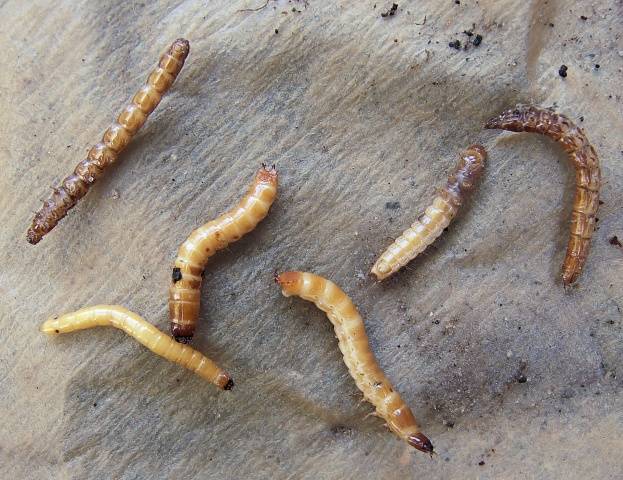
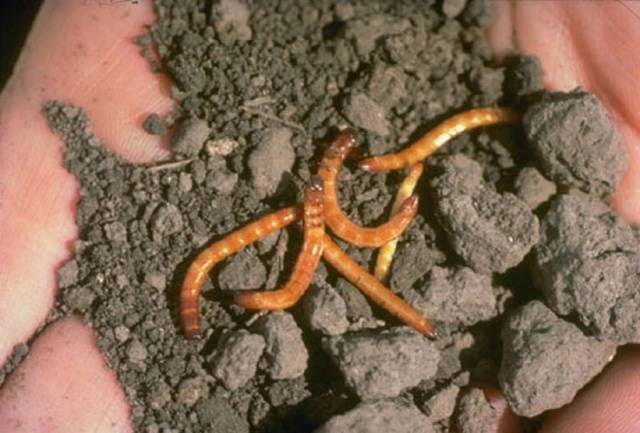
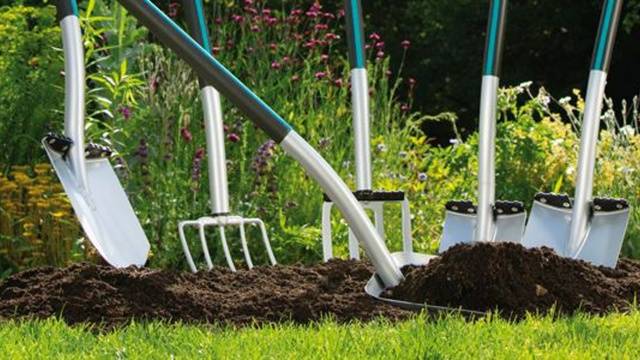

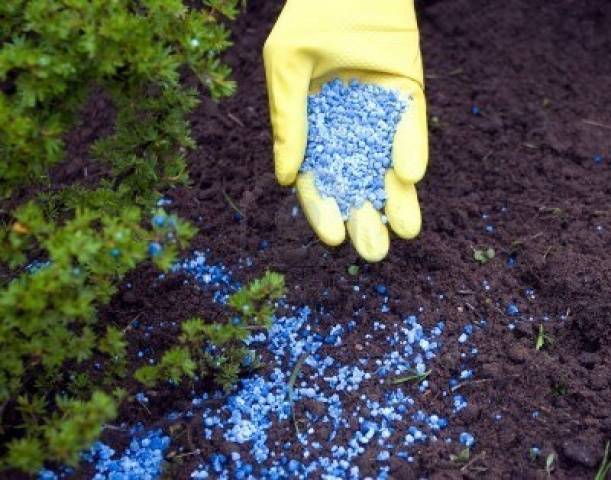
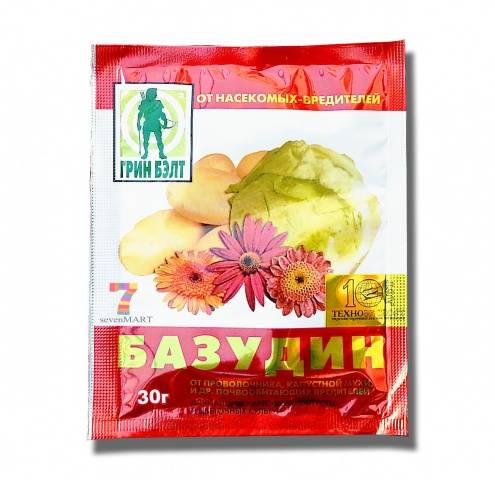
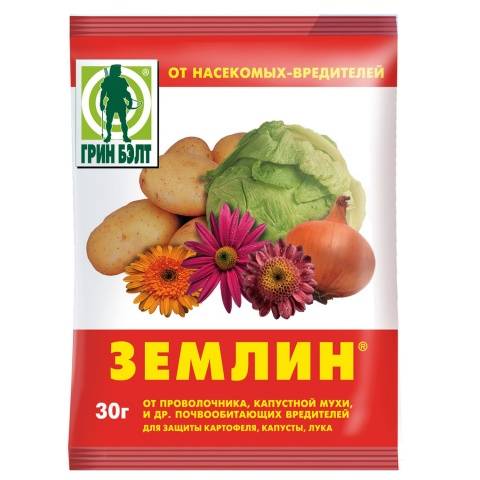 Zemlin is available in a package containing 30 g of the substance. One package is enough to handle 20 sq. m of beds. The drug is used in spring when planting seeds and tubers. In the fall, it is brought in to prevent the spread of pests.
Zemlin is available in a package containing 30 g of the substance. One package is enough to handle 20 sq. m of beds. The drug is used in spring when planting seeds and tubers. In the fall, it is brought in to prevent the spread of pests.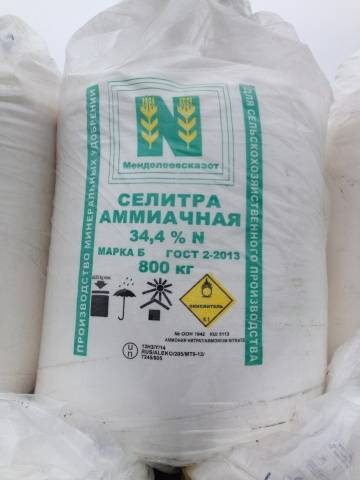
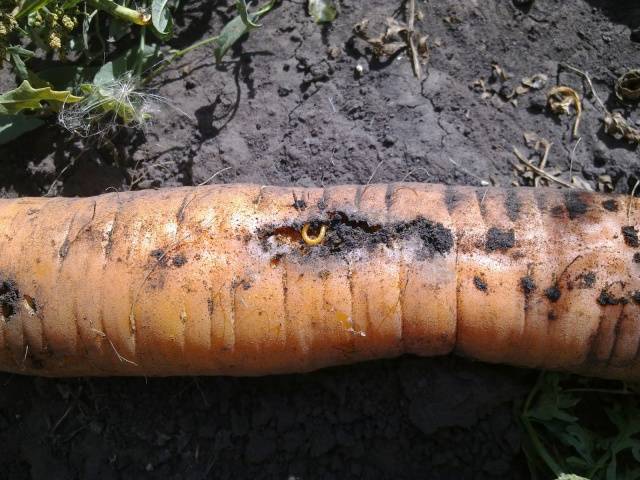











We have been planting the "Leader" for the second year. We do not observe the color of the potatoes, but the crop of tubers gives. Maybe something is missing? Maybe even more harvest would be if it bloomed?